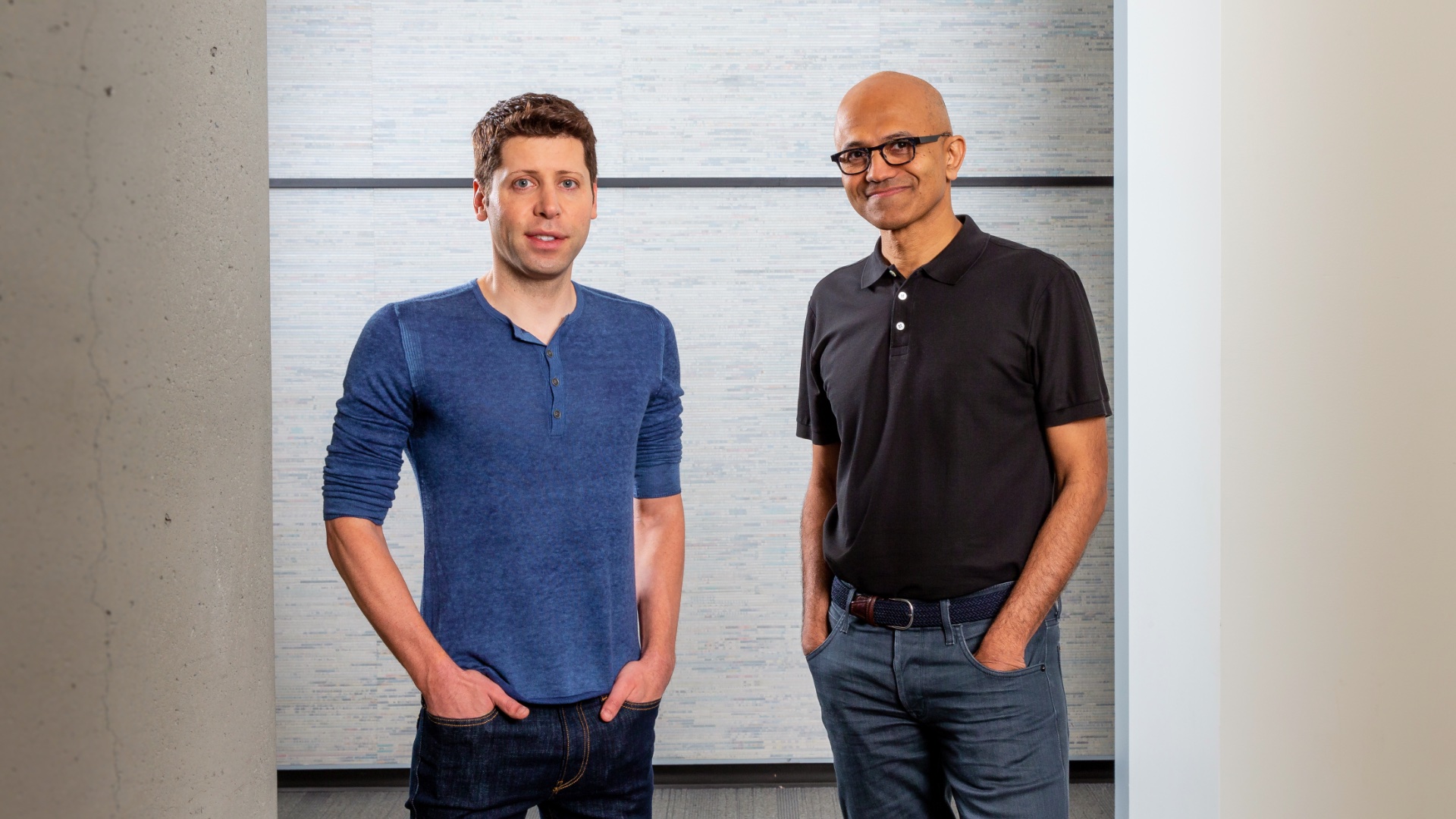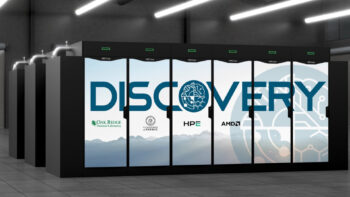The traditional IT channel model – based on selling equipment through IT partner programmes, on discounts and quarterly targets – is no longer viable. Customers expect advice, not just delivery. Instead of ‘closing deals’, partners need to help solve business problems.
The transformation of the sales model – from reselling to services and subscriptions – does not happen on its own. Channel leaders who want to maintain their position must actively support their partners in changing their competences, their offerings and the way they operate. Without this – they risk losing not only results, but also the loyalty of the ecosystem.
From reseller to advisor – what does that actually mean?
The reseller focuses on the transaction – sells the product, fulfils the objective, closes the topic. The advisor starts with the question: “What problem are you trying to solve?”. The difference is fundamental – and crucial in a world where technology has become a business strategy tool.
To act as an advisor, the partner must understand the client’s processes, know its objectives and have the competence to recommend solutions from different layers – from infrastructure to applications and services. This means a change not only in the sales model, but also in the partner’s organisational culture.
This is a shift from the position of supplier to that of trusted partner – and at the same time a test of the maturity of the entire channel.
The role of leadership in this transformation
Partners do not go through the transformation alone. They need clear signposts, competency support and a real reason to change a proven operating model. This is a task for channel leaders – not just sales target managers, but ecosystem architects.
Successful leaders do not limit themselves to distributing tools and certifications. They invest time in understanding partners’ business models, help build new offerings and support end-customer conversations. They create a space for collaboration – rather than requiring compliance with rigid structures. Channel transformation is not just about implementing new programmes. It is a shift in the relationship – from operational to strategic.
What works in practice? – good practice for leaders
Leaders who effectively support partner transformation rely on practical tools and systematic support rather than one-off actions.
An enablement model integrated into the real sales cycle works best: business workshops instead of typical product training, joint offer building with the partner, and presales support in the field. The added value is not so much the technology, but the ability to translate it into the language of the end customer.
More and more leaders are introducing joint business planning with partners – not as a formality, but as a tool for the real development of their offer, competences and pipeline.
Where this approach works, partners stop asking for a discount. They start asking how to enter a new market segment.
The most common mistakes leaders make (and how to avoid them)
The biggest mistake channel leaders make is to assume that partner transformation will happen on its own – just announce a new strategy and roll out the programme. In practice, without consistent support, partners are left with new demands but without the tools to meet them.
Another mistake is to treat transformation as a sales campaign with a deadline. Changing a partner’s business model takes time, iteration and trust. Leaders who expect quick results often burn out potential instead of developing it.
It is equally risky to think that ‘all partners are the same’. A lack of segmentation leads to diluted communication and a loss of influence where there is a real opportunity for growth.
Transformation is a process. Leaders who understand it measure progress by relationships and competencies – not just quarterly results.
Conclusions: Leaders as architects of change
Channel transformation is not just about changing the partner programme. It is a redefinition of the partner’s role in the value chain – from technology provider to business advisor.
Leaders who understand this change do not focus solely on results. They invest in relationships, develop the competence of partners and co-create new business models with them. They act like architects – designing structures that allow both parties to grow.
In the long term, it is not the discount or the certificate that determines the competitive advantage in the channel. What is decisive is the quality of leadership – and the leader’s ability to lead partners through a change they could not have done themselves.












